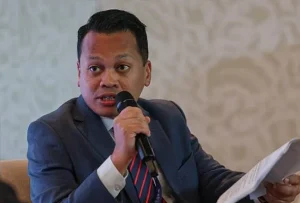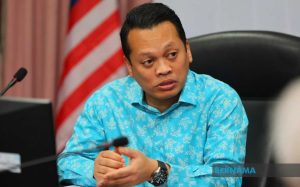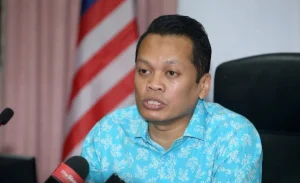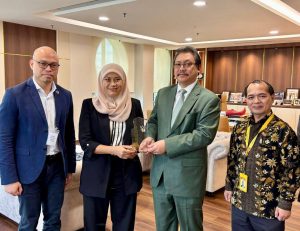
AS Malaysia marks another Merdeka, we are reminded that independence was never only about raising a flag. It was about ordinary people who believed in extraordinary possibilities, a nation choosing its own destiny, and a generation daring to imagine a better future.
That same Merdeka spirit of courage, resilience and collective will must now guide us as we face the defining challenge of our time: climate change.
A new chapter for Malaysia
The year 2025 is pivotal. Malaysia assumes the Asean chairmanship while laying out the 13th Malaysia Plan (RMK-13). RMK-13 is more than just a five-year plan by the government. It is a national blueprint for a future-ready, inclusive, and sustainable Malaysia.
Grounded in the Malaysia Madani framework, RMK-13 recognises that growth must be both equitable and sustainable. It sets clear priorities: reducing emissions, strengthening food and water security, expanding social protection, and driving green industries. The message is unambiguous—sustainability is now central to our story of progress.
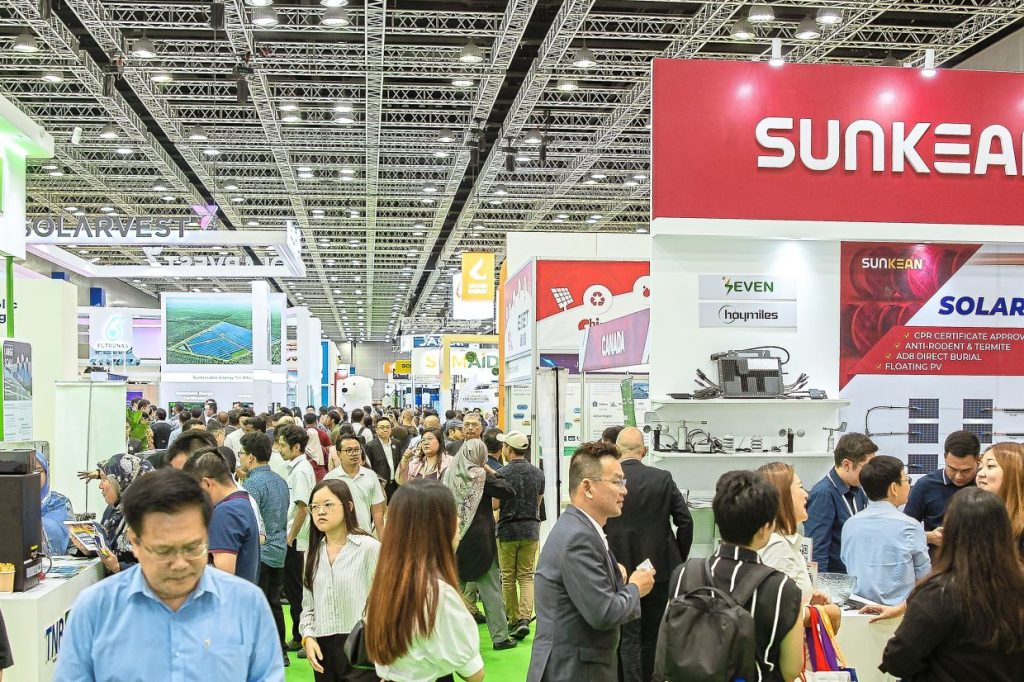
Two platforms this October will demonstrate Malaysia’s intent: the inaugural Kuala Lumpur Sustainability Summit (KLSS) and the 16th International Greentech and Eco Products Exhibition and Conference Malaysia (IGEM). Two platforms this October will demonstrate Malaysia’s intent: the inaugural Kuala Lumpur Sustainability Summit (KLSS) and the 16th International Greentech and Eco Products Exhibition and Conference Malaysia (IGEM).
For Malaysia, this moment is not simply about policies. It is about making choices that will determine whether our economy thrives in a low-carbon future or struggles against it. It is about whether our workers and companies can compete in industries shaped by global climate commitments, and whether our children inherit a Malaysia that is both prosperous and livable.
As the Asean chair, Malaysia must also lead by example. Our status as a developing nation makes our leadership more meaningful, not less. If we can demonstrate that economic dynamism and climate responsibility go hand in hand, we light a path for others in the region.
Turning vision into action
Malaysia’s commitment is already evident. The National Climate Change Policy 2.0 and forthcoming Climate Change Bill will place us in step with global low-carbon pathways. Incentives for carbon projects, paired with the Long-term Low Emissions Development Strategy and updated NDC Roadmap, lay out a path to net zero by 2050.
The transition will demand much: clean energy adoption, expansion of electric mobility, recycling and circular economy systems, and frontier solutions like carbon capture and green hydrogen. These technologies are not distant dreams. They are rapidly becoming global norms, and Malaysia must be among the early movers to remain competitive.
Financing will be crucial. Domestic capital markets and international investors alike are increasingly prioritising sustainability-linked assets. If Malaysia can position itself as a trusted hub for green finance, we will not only fund our own transition but also attract capital seeking credible projects in the region.
The transition is not without challenges. It will require developing talent, upgrading infrastructure, and balancing short-term costs against long-term gains. But the Merdeka story reminds us that nation-building has never been easy. It has always required resilience, vision and sacrifice—the same qualities we must now summon in building a climate-resilient Malaysia.
Platforms for shared progress
Two platforms this October will demonstrate Malaysia’s intent: the inaugural Kuala Lumpur Sustainability Summit (KLSS) and the 16th International Greentech and
Eco Products Exhibition and Conference Malaysia (IGEM).
KLSS 2025, hosted by the Natural Resources and Environmental Sustainability Ministry (NRES) and the Economy Ministry with MGTC and Pusat SDG Negara as the implementing agencies, will convene leaders from government, business, academia and civil society.
Unlike traditional conferences, it will elevate the voices of grassroots leaders, local governments and youth change-makers. Its mission is to turn ambition into action, ensuring that the bold commitments of RMK-13 and our Asean chairmanship are translated into lived realities.
What makes KLSS distinct is its design. It is not only a forum for speeches and declarations, but also a space for problem-solving and collaboration. From city mayors to global experts, from social enterprises to multinationals, the summit will allow diverse voices to shape practical solutions that work on the ground.
In parallel, IGEM will showcase how Malaysian companies are embedding sustainability into operations and competing globally. For over a decade, IGEM has been a bridge between vision and action. In 2025, it will spotlight how start-ups in Johor, innovators in Penang, engineers in Sarawak and farmers in Kedah are contributing to Malaysia’s green economy. The message is clear: sustainability is not a niche, it is the growth engine of the future.
Together, KLSS and IGEM represent Malaysia’s determination to lead at home and abroad—to convene, to showcase, and to deliver.
The spirit of shared responsibility
Climate action is not the domain of governments alone. It requires a whole-of-nation approach. Businesses must innovate and invest responsibly. Communities must adopt sustainable practices. Individuals must make everyday choices that respect natural limits.
This is where Merdeka’s legacy speaks to us most powerfully. Independence was secured by collective effort, and climate resilience will be no different. Each contribution—a business advancing clean energy, a community practicing a sustainable lifestyle, a youth championing circular economy initiatives—strengthens the national response.
Crucially, this transition is not only about sacrifice. It is a growth story. New industries such as renewable energy, sustainable finance, green steel and electric mobility will generate jobs, foster innovation and strengthen resilience against global shocks. By embedding sustainability into our economy, we are also embedding competitiveness, adaptability, and long-term security.
We must also recognise that this transition is about justice. Vulnerable communities are often the first to suffer the impacts of climate change. A just transition ensures that no one is left behind, that workers in legacy industries are retrained, and that rural areas share in the opportunities of the green economy. This is not only good policy, it is the moral foundation of true sustainability.
A call to action
As we raise our flags this Merdeka, let us remember: freedom is never a finished project. Each generation renews it through the choices we make and the values we uphold.
The fight against climate change demands the same courage, foresight and unity that once won us independence. It calls for leaders who invest in the long term, industries that innovate with purpose, and communities that act with conviction.
Through RMK-13, our Asean Chairmanship, KLSS, IGEM and the countless community-led efforts taking root across the country, Malaysia is showing it is ready to lead with both ambition and compassion.
This is sustainability the Malaysian way: rooted in our values, powered by our people, and driven by a vision of shared prosperity.
Merdeka has always been about dignity and self-determination. By embracing the challenge of building a green and resilient Malaysia, we are not only safeguarding our independence—we are giving it new meaning.
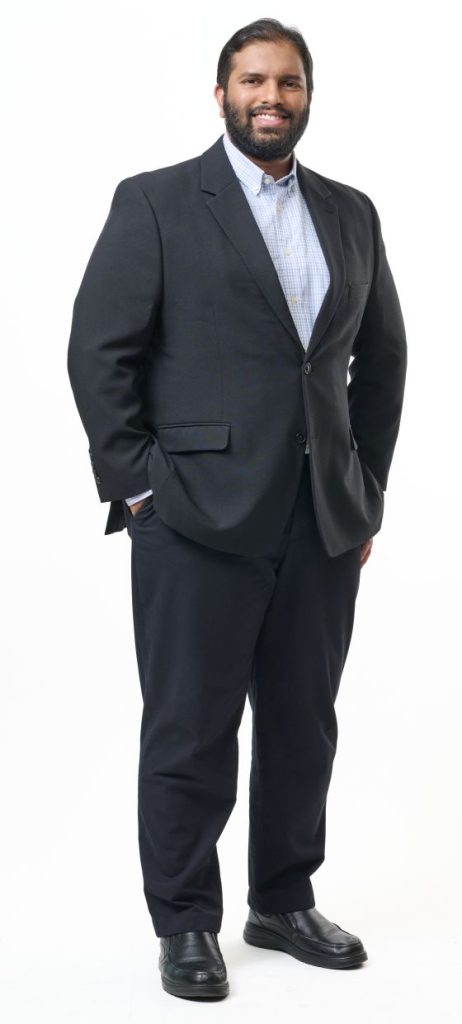
Saiful Adib Abdul MunaffActing group chief executive officerMalaysian Green Technology and Climate Change Corporation (MGTC)
Sumber: The Star


